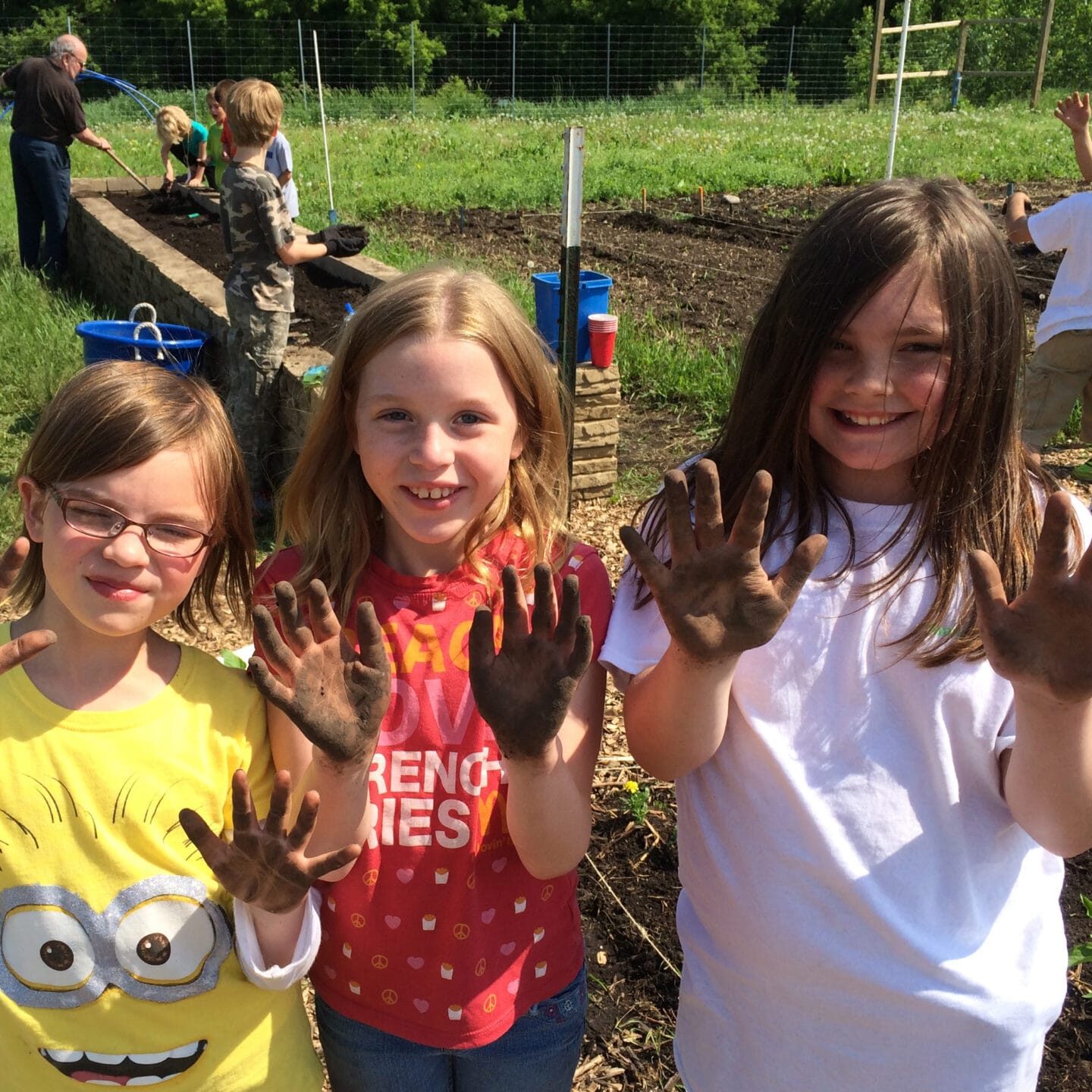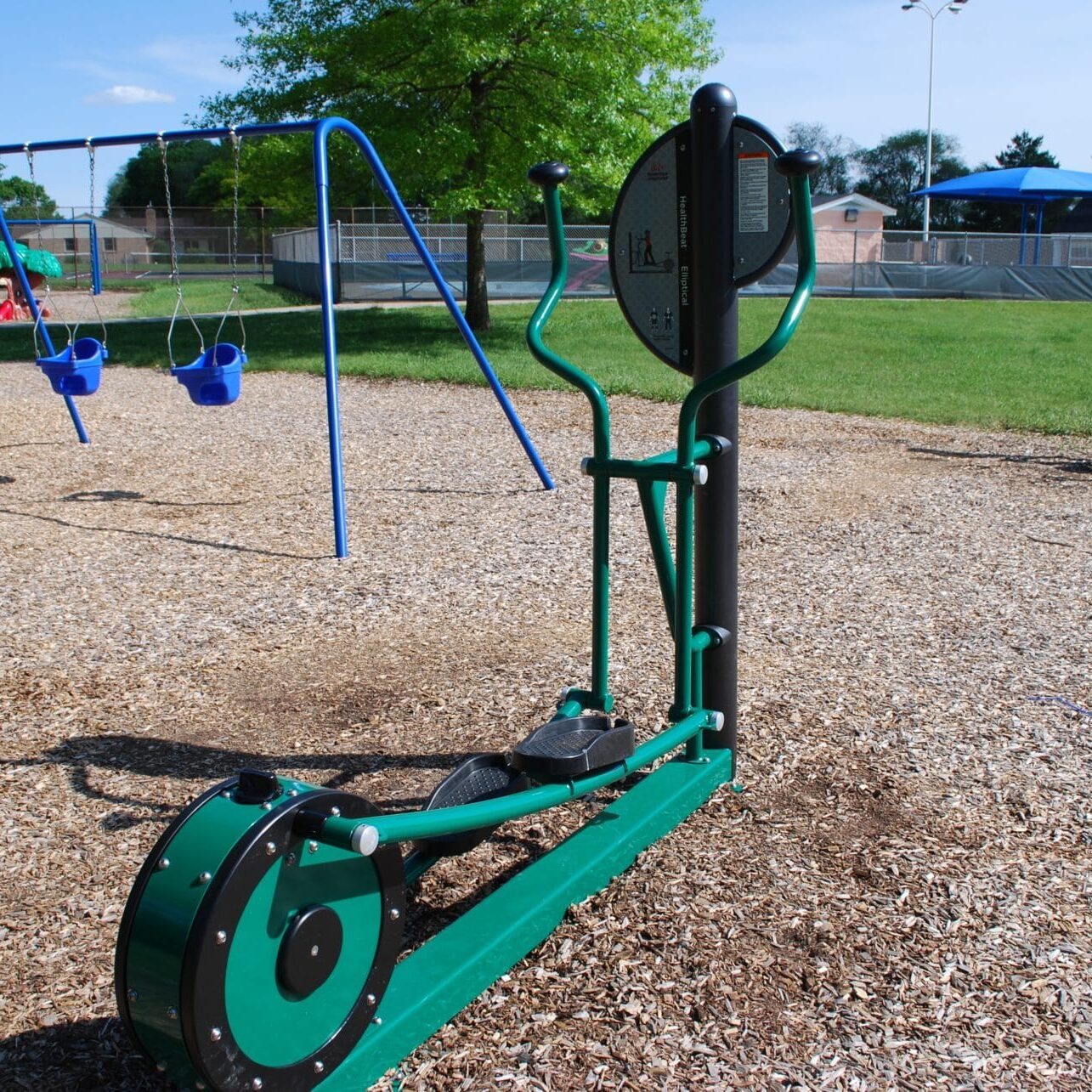Community & Volunteer Led
The Heart of New Ulm (HONU) is led by a volunteer Leadership Team and more than 70 volunteers serving on seven action teams, representing more than 35 organizations. These action teams work to help develop programs that are supported by long-term policies, systems and environments that create a culture of wellness in New Ulm and throughout Brown County.
Community members are encouraged to join an action team that addresses their personal interests. To join an action team, contact Jen Maurer.

The Seven Action Teams
Annual Programming
Heart of New Ulm action teams conduct several annual programs and activities, including Holiday Trimmings, Poker Walk events in partnership with the New Ulm Area Chamber of Commerce and Ameriprise Financial, community scavenger hunts, Walk or Bike to School Days, and quarterly networking and training events for local worksite leaders.
The work of the action teams includes pairing programs such as these with the development of policies, systems and environmental change (PSE) to support people in making healthy lifestyle changes. That’s because health problems are influenced by societal policies and environments that promote unhealthy behaviors, or fail to foster healthier choices. Implementing policies that increase access to healthful food options, and increase safety and access for physical activity, are proven to be more effective and efficient than programming alone. In 2014, the Heart of New Ulm began shifting its approach to incorporate more work on policy, systems and environmental changes to help ensure long-term sustainability of the project.

Why Work to Change Policies, Systems and Environments? (PSE)

For many years, health programs focused on individual behavior, assuming that if you teach people what will make them healthy, they will find a way to do it. Unfortunately, being healthy is not just about individual choices. Over the years, community health experts realized that it’s not enough to know how to be healthy – people need practical and readily available healthy options around them. Ensuring the places where we work, learn, play and live make it easy to make healthy choices has a huge influence. In fact, 80% of our health is influenced by what happens outside the clinic walls. That’s where policy, systems and environmental change comes in.
Policy, systems and environmental change is a way of modifying the environment to make healthy choices practical and available to all community members. By changing laws or rules and shaping physical landscapes, a big impact can be made with a limited amount of time and resources (compared to behavior change programs that typically require a lot of time and resources). PSE changes also have the ability to impact the entire community, while individual behavior programs and education only reach a relatively small number of people and impact those who are motivated to make behavior changes.
A few examples of policy, systems and environmental changes in New Ulm have included:
- The City Council adopted a Parklet Policy for downtown, which increases outdoor seating. (2021)
- The Park and Recreation Commission developed a matrix to rank potential park sites to fairly prioritize park development in the city. (February 2021)
- All parks, trails and recreation facilities in New Ulm are tobacco-free. (January 2021)
- A Healthy Vending Policy adopted by the Park and Rec Commission for vending machines at the Rec Center and Civic Center increases the availability of healthier choices. (April 2018)
- The New Ulm Community Garden makes it easier for people to grow and eat more fruits and vegetables while getting physical activity. (2013)
- Through the restaurant recognition program, more than half of locally owned, non-chain eating establishments in New Ulm partner with HONU to make healthier eating easier while dining. They offer more fruits and vegetables, whole grains, healthier fats, options with fewer total calories and other healthier choices. (2011)
- A Complete Streets Policy adopted by the city helps support opportunities for people to be more physically active by ensuring our streets are accessible and safe for ALL users, including people walking or bicycling. (October 2016)
Examples of changes have included:- Curb extensions were added at Johnson Field and 5th North and N. Washington Street; these shorten the time and distance that people who are walking are exposed to traffic and also slows traffic
- A roundabout was added at Oak and N. Highland Ave
- Trail and sidewalks were added to Cottonwood Street construction
- A stop sign was added at Center and Minnesota Street downtown
- A mid-block pedestrian island was installed on Garden Street near Center Street
